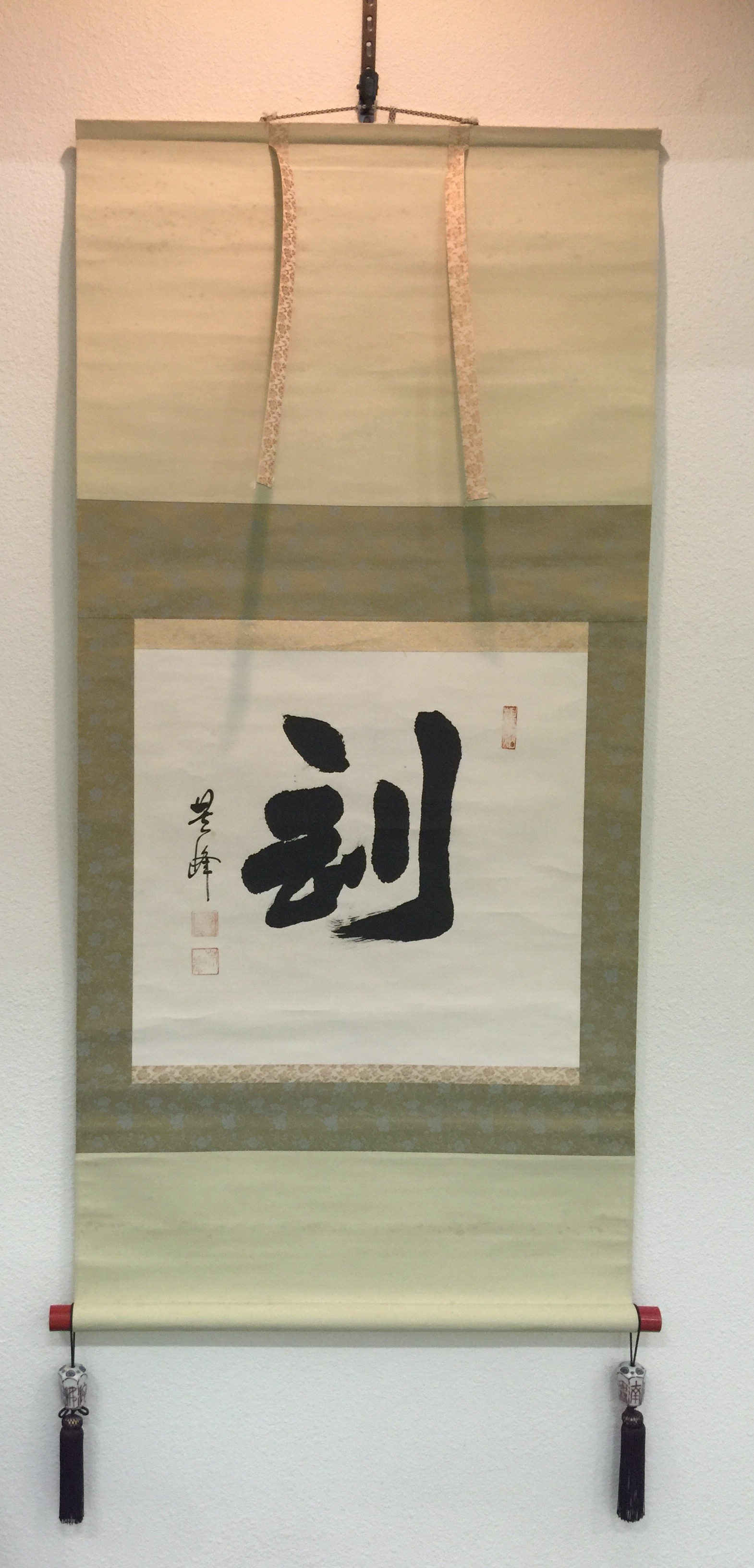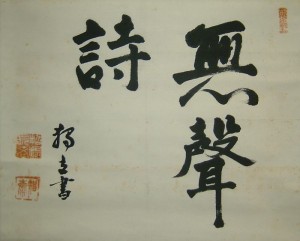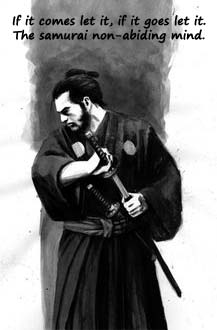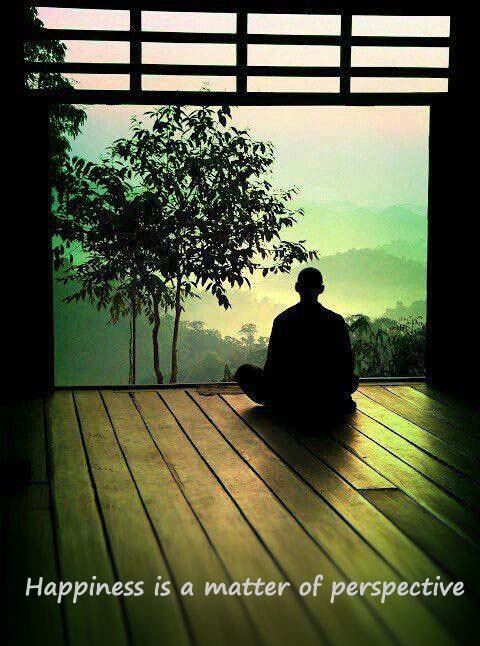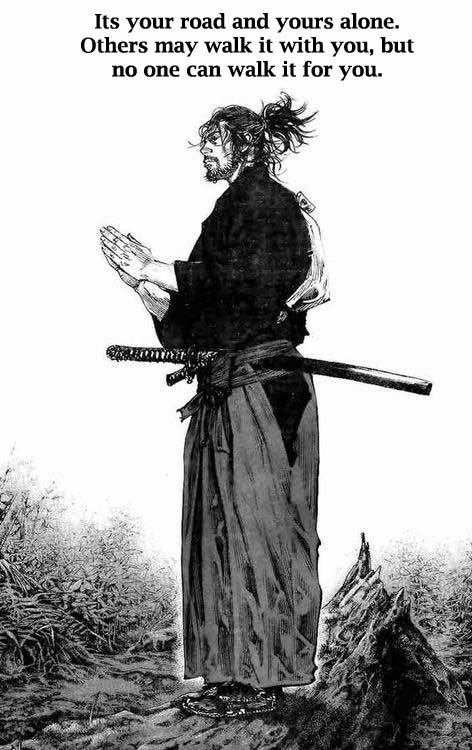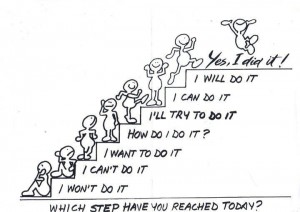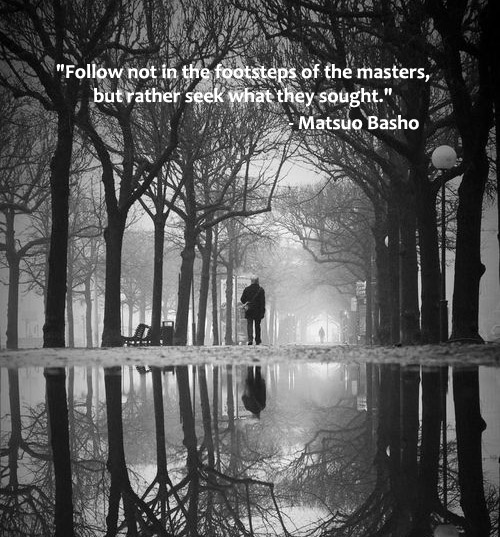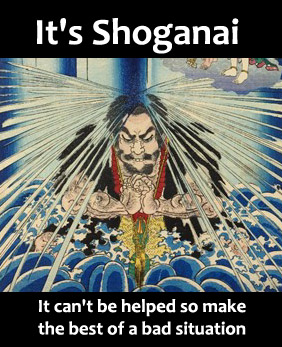 At some point in time, somewhere along the Way we all must all confront ourselves. For each person the what and when are different. This confrontation is an inner battle where we face our own fears and demons. Those things that we fear are the keys that unlock the doors to our inner most sanctum where true peace lies.
At some point in time, somewhere along the Way we all must all confront ourselves. For each person the what and when are different. This confrontation is an inner battle where we face our own fears and demons. Those things that we fear are the keys that unlock the doors to our inner most sanctum where true peace lies.
If we do not open these doors then sometimes we set off on a darker path that some Star Wars fans might call the "dark side." In this place, we turn our gaze away from our true opponent (ourselves) and we might mistakenly believe that some thing or some other person is our true enemy. It is so much easier to pin our suffering on others rather than accept responsibility and ownership of our selves.
Gandhi said, "The enemy is fear. We think it is hate, but it is really fear." Fear is the gateway to change, but we have to have the courage to face it. When we dig deeper and see what is behind the hatred or anger, it is really fear and we can then realize our own part in our suffering which is that we allow that fear to control us.
 Yoda said, “Fear is the path to the dark side. Fear leads to anger. Anger leads to hate. Hate leads to suffering." One only has to look at Anakin Skywalker's evolution to see this to be true. Anakin Skywalker is the prototypical archetype of one who gives into his fears and allows it to follow the dark side and develop into anger, hatred and suffering.
Yoda said, “Fear is the path to the dark side. Fear leads to anger. Anger leads to hate. Hate leads to suffering." One only has to look at Anakin Skywalker's evolution to see this to be true. Anakin Skywalker is the prototypical archetype of one who gives into his fears and allows it to follow the dark side and develop into anger, hatred and suffering.
Today more than ever, martial artist must be a cut above. Don't give into the fear no matter who you support. Move past that fear and conquer your demons and find true peace for yourself. They are not the enemy; fear is. Don't give into that fear.


